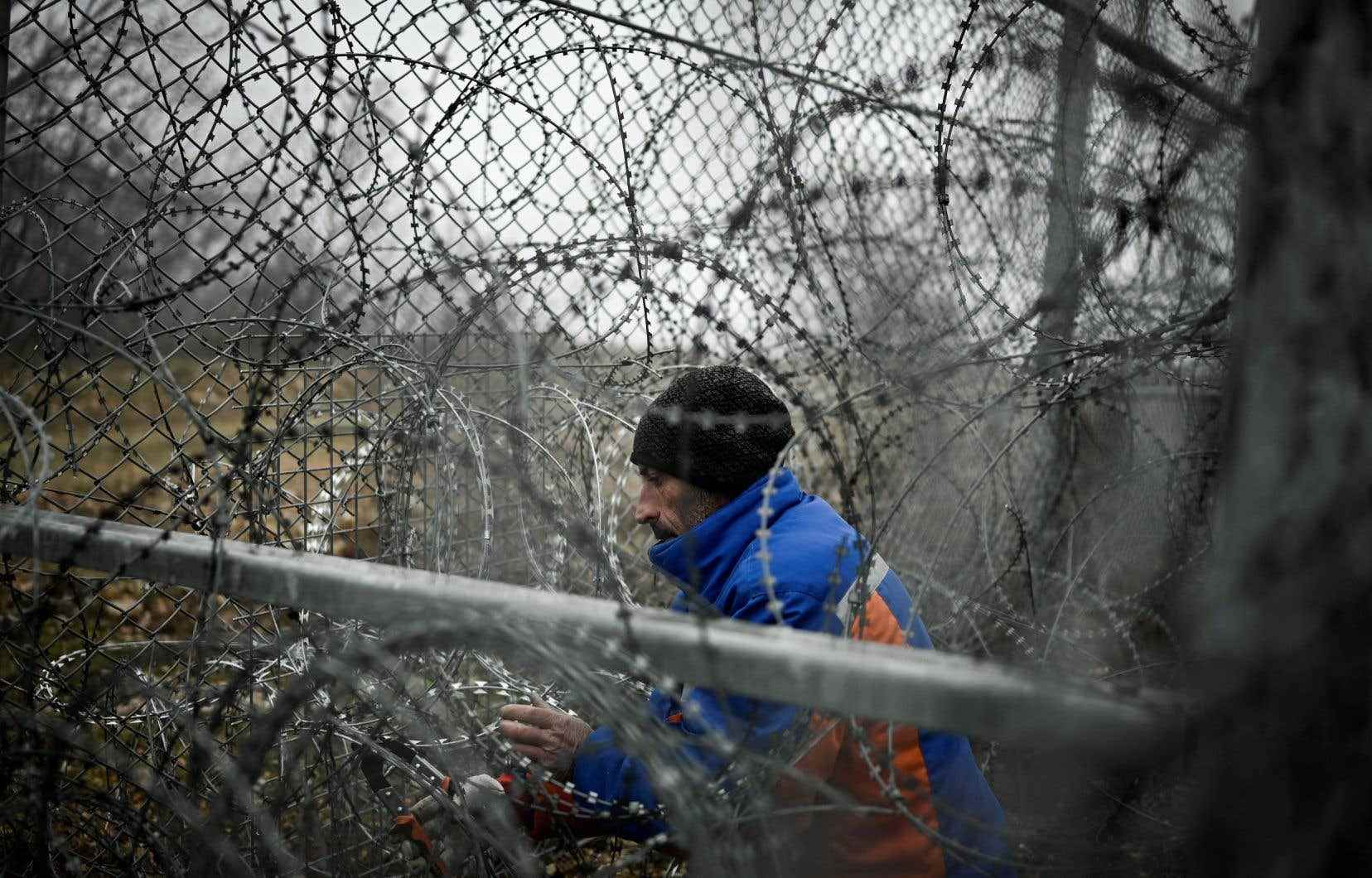Should the European Union (EU) fund fences at its external borders to fight illegal immigration? The debate resurfaced at the summit of the Twenty-Seven in Brussels on Thursday, and pressure from some of the Member States is increasing in favor of such a solution.
Austria has been one of the strongest advocates of this option, demanding that the European budget be used to strengthen the fence erected by Bulgaria on its border with Turkey. Already in October 2021, 12 countries had requested that the EU finance this type of wall, to respond to the arrival of migrants via Belarus.
At the end of the meeting of Heads of State and Government in the early morning of Friday, Austrian Chancellor Karl Nehammer expressed his satisfaction.
“We are committed that all the countries located at the external borders will be taken into consideration by the Commission when it comes to protecting these external borders,” said the official, welcoming “unprecedented clarity”.
“We have a clear commitment from the Commission to support pilot projects in both Bulgaria and Romania,” he added.
While such funding is deemed legally possible by European Council President Charles Michel, the European Commission has so far refused to allow EU money to go to “walls and barbed wire”.
However, the Community executive allows the European budget to be used for surveillance equipment accompanying these infrastructures, such as cameras or motion detectors.
Several countries, such as Luxembourg, stress that the walls do not provide “no solution”. “We see it between the United States and Mexico,” commented Prime Minister Xavier Bettel. “I already said two years ago that it would be a shame to build a wall in Europe with European stars on it. I thought that Europe was the fall of a wall, and not the construction of new ones”, he launched.
“Fortress Europe”
The migration debate has returned to the top of the European agenda, with rising irregular arrivals and asylum claims in the bloc in 2022 putting some countries’ reception capacities under pressure.
In their final declaration, the Twenty-Seven called on the Commission to “finance measures which contribute directly to the control of the EU’s external borders”, and to “immediately mobilize substantial European funds and resources to help the Member States to strengthen border protection capacities and infrastructures, means of surveillance, in particular aerial surveillance, and equipment”.
The formulation does not mention fences explicitly, but the countries in favor of their support see it as a response to their aspirations.
Commission President Ursula von der Leyen spoke on Friday of the possible financing of “mobile and fixed infrastructure, from cars to cameras, from watchtowers to electronic surveillance”.
According to the GUE/GNL (radical left) group in the European Parliament, which strongly opposes walls, between 2014 and 2022 the total length of fences built at the EU’s external borders and within the EU and Schengen area went from 315 to more than 2000 km.
Anxious to reduce arrivals and increase returns of irregular migrants, EU Heads of State and Government have also affirmed their willingness to use “all relevant tools” to bring countries to origin and transit to take back their nationals. In particular through restrictive measures in terms of the issuance of visas or development aid.
The head of EU diplomacy, the Spaniard Josep Borrell, warned against a “fortress Europe”.
“We can ask (countries) to take back irregular migrants, but we have to offer channels for regular migration. First, because Europe needs migrants. And secondly because it’s a better way to deal with our partners around the world,” he said.
